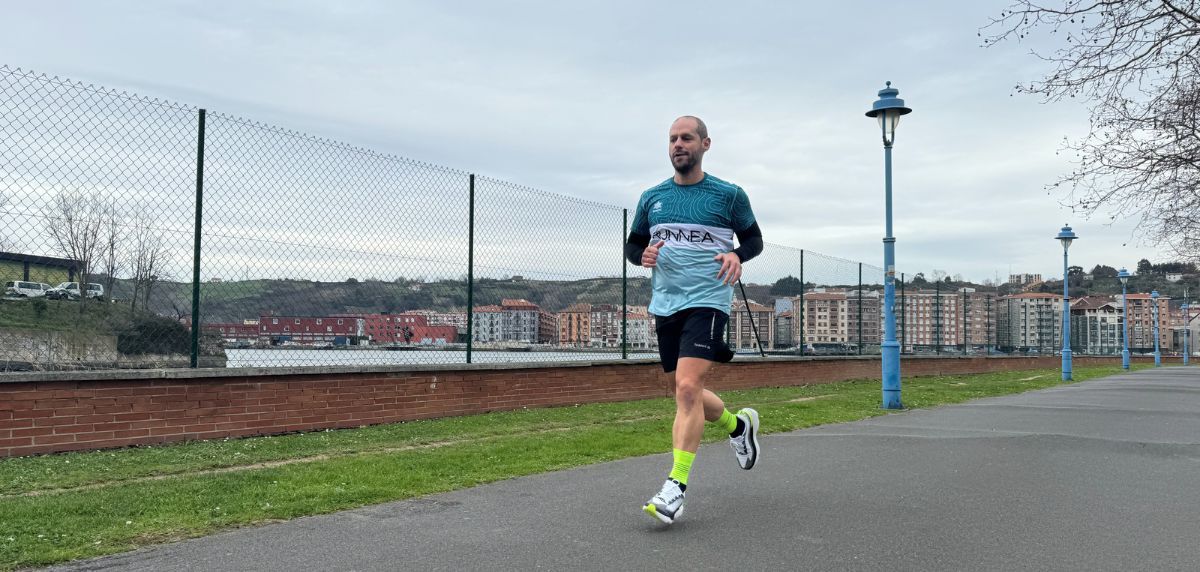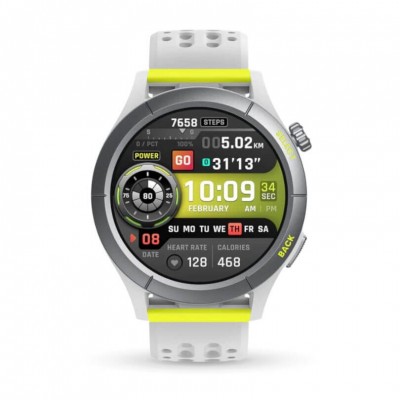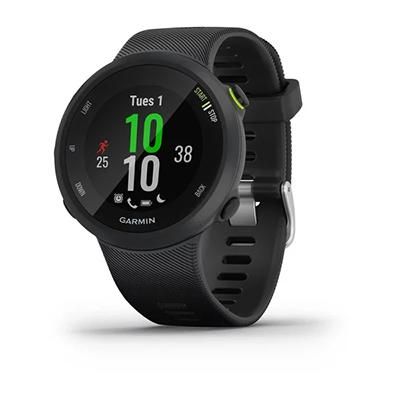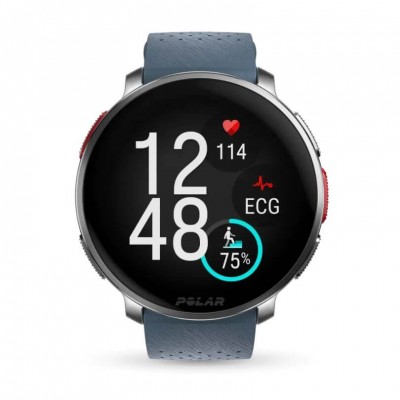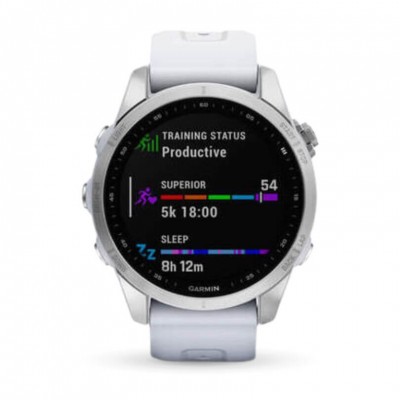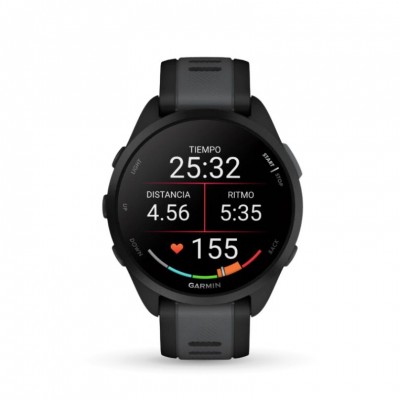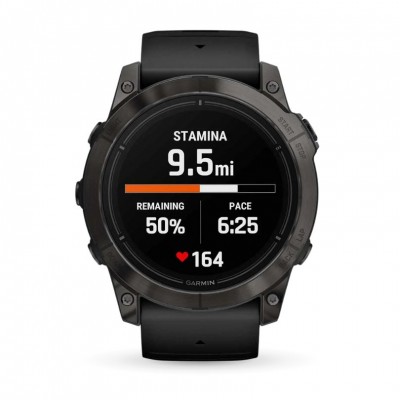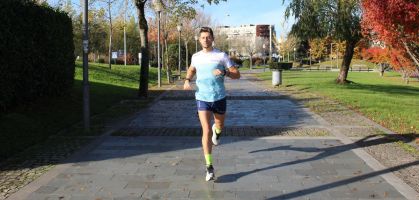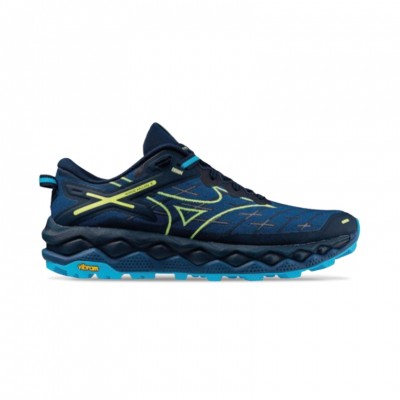Did you know that running by feeling can be a good option for popular runners who are not consistent? For those who are often too lazy to go running but know deep down that they have to do it, whether it's for health reasons, to clear their head or to lose weight, it's not always necessary to follow a strict training plan. There is a method that can help you overcome laziness and take the pressure off your workouts. It's all about running by feeling. At RUNNEA we'll explain how to put it into practice and how it differs from running by heart rate or pace. If you want to get hooked on running and you haven't managed it yet, what we're going to tell you below is of great interest to you.
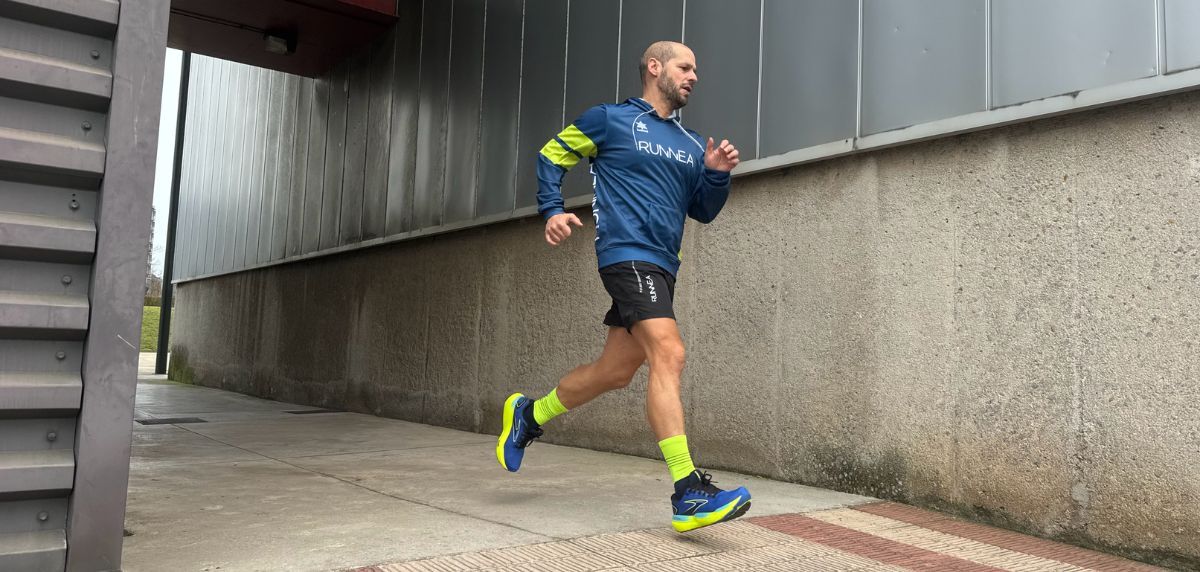
Not sure which running shoe to choose?
In a few simple steps we help you to choose the ideal running shoe for you
Go to the Shoe FinderRunning by sensations: Understanding the method
Running by feeling involves adjusting your pace based on how you feel physically and emotionally, rather than following fixed parameters, whether they are set by a coach or a training plan. Such as pace, heart rate or power.
This methodology is perfect for days without a specific training goal, as it will allow you to adapt the intensity according to your mood and energy.
But it is also a great option when you are just starting to run or when you are running without a set goal or distance. Go for a run and set a pace based on how you feel each day.
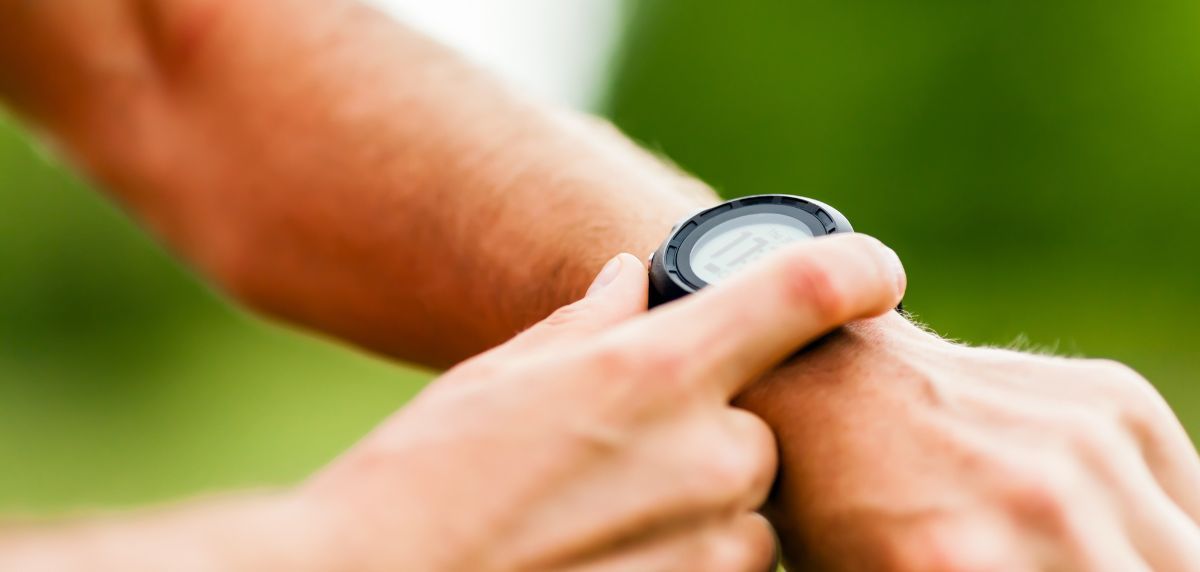
Research has shown that flexibility in training can increase long-term adherence, as noted in a study from the University of Jyväskylä, Finland, which showed a positive correlation between exercise self-regulation and satisfaction in participants.
By reducing the pressure to meet specific benchmarks, running by sensation makes it easier to maintain a regular exercise routine. This approach promotes better mental well-being by allowing you to enjoy the moment and the activity, reducing stress and increasing a sense of freedom.
How to implement it into your daily routine
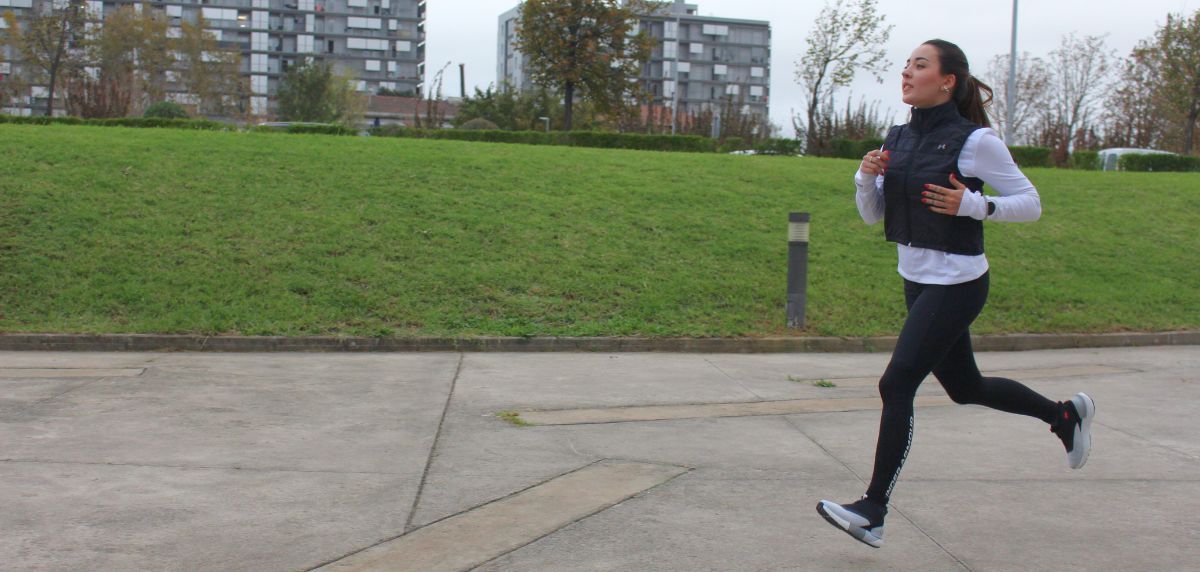
Start with short distances, paying attention to how your body and mind respond. Adjust the pace as you feel each day, allowing yourself to run faster or slower depending on how you feel.
- Listen and respond: Learn to identify how your body feels each day and adjust your pace accordingly.
- Activity logs: Try keeping a post-race feeling journal. It will help you better understand your physical and emotional responses to running.
A tip: Always lower your expectations of your ideal feelings a bit. If you feel euphoric, and you see yourself capable of running 1 hour at 4 minutes per kilometer, run 4:15 or 4:30 that day. It's much better to end the day feeling like you could have done more than the opposite.
How to overcome the laziness of running
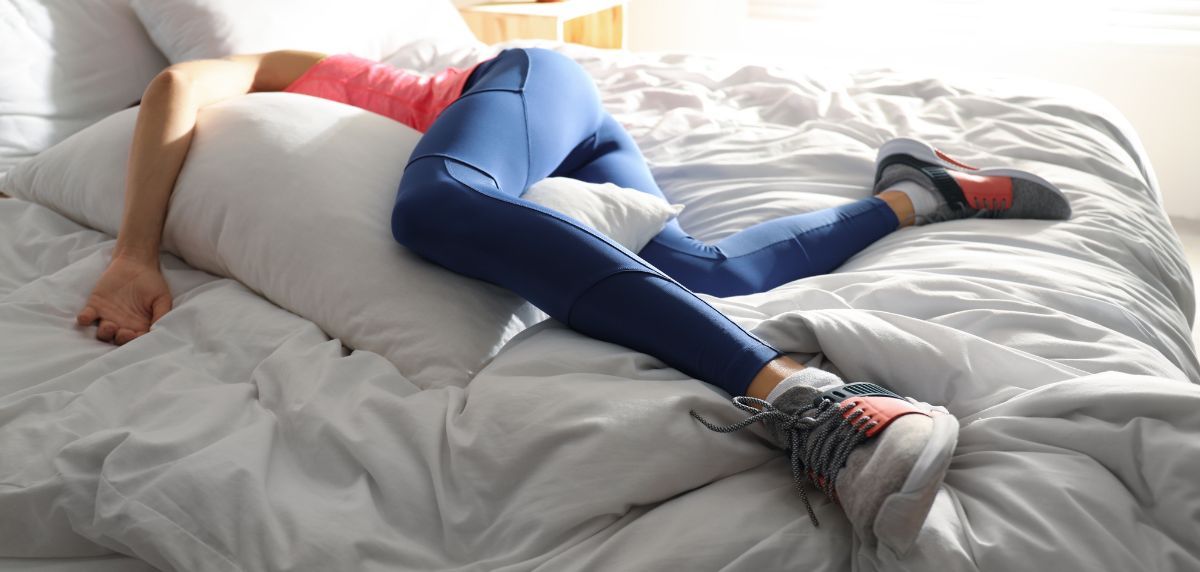
- Celebrate small accomplishments: Recognize and appreciate every time you overcome laziness and go for a run, positively reinforcing the habit.
- Learn to stop: Try to identify signs of fatigue or discomfort and adjust your training accordingly.
How to get that daily motivation
It is important to have variability in your workouts. You can alternate running for sensation with other activities you enjoy, such as yoga, cycling or swimming, to maintain motivation for the sport.
Another option is to run with friends or join a running group. It can increase your motivation and make training more enjoyable.

You can look to other runners for inspiration: Listen to running podcasts like RUNNEA Talks, read blogs or join online communities to keep your interest.
Accept that there will be days when you don't feel like running and that's okay. The important thing is not to let those days become the norm.
Running by heart rate
Running by heart rate undoubtedly entails a greater physical and mental sacrifice, although the benefits and ranges of improvement are undoubtedly greater and faster than when running by feeling. The success lies in the combination of both methodologies when the objective is a mark or a distance.
Benefits of running by heart rate

- Quantifiable training: makes it easier to measure progress and helps set clear goals.
- Injury prevention: By following a detailed plan, the risk of overexertion and related injuries is reduced.
A no-brainer... To run by heart rate, you need a sports watch.
And obviously it involves an investment in technology such as heart rate monitors, smartchaches which can be an initial hurdle. But at RUNNEA we help you find the right one for you.
Running by sensation has a liberating and flexible effect. It's ideal for those of you looking for an escape from the daily grind and a way to stay active without the pressure of structured training. Whereas running by heart rate provides a more rigorous framework, where the goal is to achieve a personal best or finish a distance. Both methods make sense depending on your goals. If you're looking to run to unwind, you can start by running by feel. It's all about finding the balance that works for you.
Read more news about: Running Training
